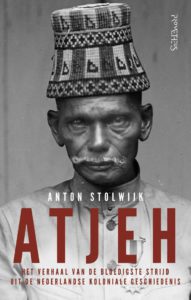


Further, this transformation was key to the application of violence and, at a broader level, the need for state intervention. Offering a detailed analysis of violent encounters on the Acehnese West Coast, I will argue that this subregion was transformed from a connected, kaleidoscopic zone of political, economic, and religious interaction into a liminal and supposedly “isolated” fringe. Footnote 5 The present article elaborates on this attempt at de-essentialising Acehnese history and society by scaling down to discuss one specific subregion of Aceh. This is the task I set myself in this essay.Įlsewhere, I have analysed in detail the layered social and political processes through which Aceh was imagined as a particularly “pious” place. These geographic imaginings need to be deconstructed. Footnote 4 Geographic imaginings on the part of the colonisers served to obscure these processes of connection and disconnection, however, eliding the process of frontier construction. Rather, it modified and was modified by evolving Muslim subjectivities, a process in which both colonisers and colonised had stakes. It was not, however, a one-sided process. It was a sequence of enclosure, brutal violence, and the enforcement of a colonial frontier. That is, the conquest operated as an effort to sever connections linking Aceh with other areas and to constitute the region as an isolated periphery of the colonial state. Footnote 3 The conquest of Aceh was congruent with the incorporation of Malaya by the British, on the opposite side of the Strait of Malacca. Much emphasis has been placed, for example, on perceptions of the struggle as a “holy war.” Little has been written, in contrast, on ambivalent and multidimensional stances taking shape on both sides. While the literature has dwelt on the magnitude of the struggle and its reverberations throughout the Malay-Indonesian archipelago, it has also produced a simplistic and detrimental image of single-minded colonialists pitted against fanatical Muslims. Footnote 2 The Dutch-Acehnese war (1873–1942) was the largest, longest, and deadliest in pre-1945 Dutch colonial history. Inspired by Edward Said's statement and Willem van Schendel's work on the politics of knowledge and geographic imaginings in area studies, this article analyses the role of and linkages between knowledge, ideology, and geography in the colonial subjugation of Aceh and the Acehnese. That struggle is complex and interesting because it is not only about soldiers and cannons but also about ideas, about forms, about images and imaginings. Just as none of us is outside or beyond geography, none of us is completely free from the struggle over geography.


 0 kommentar(er)
0 kommentar(er)
